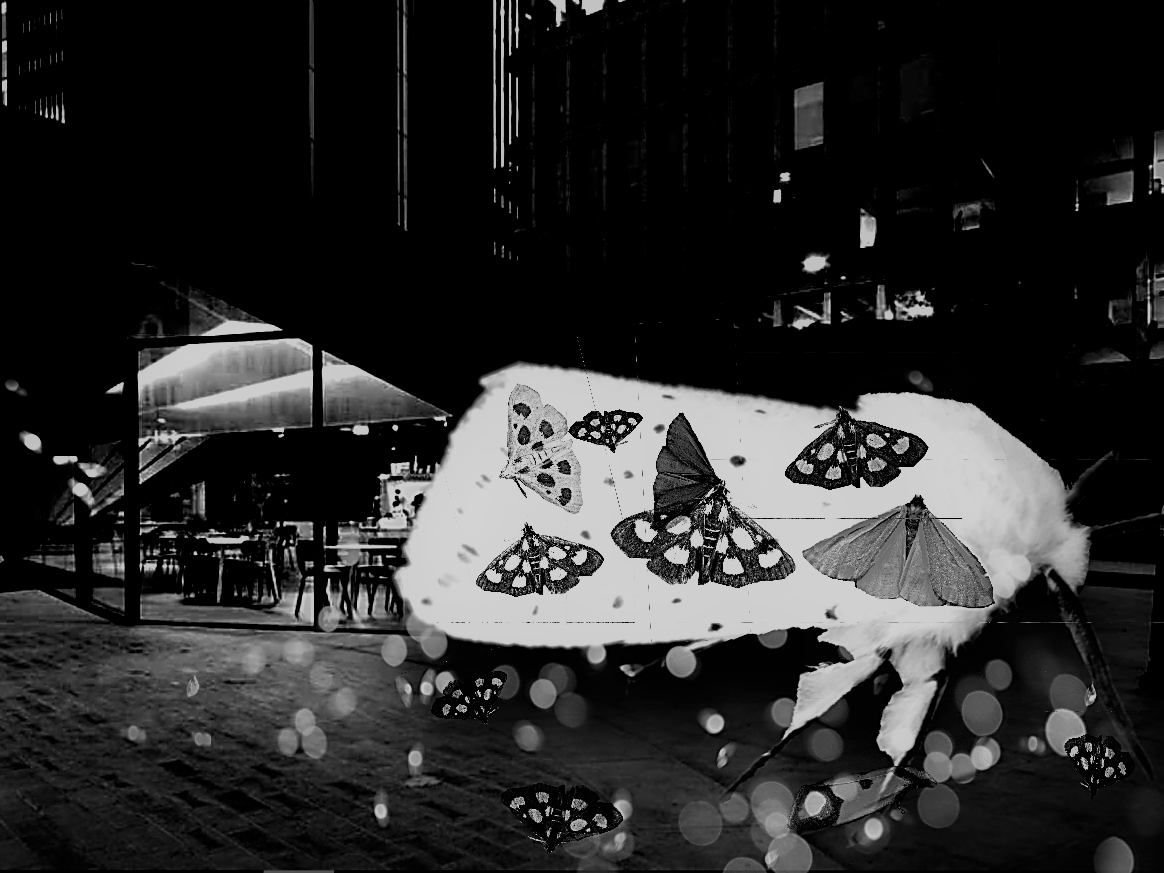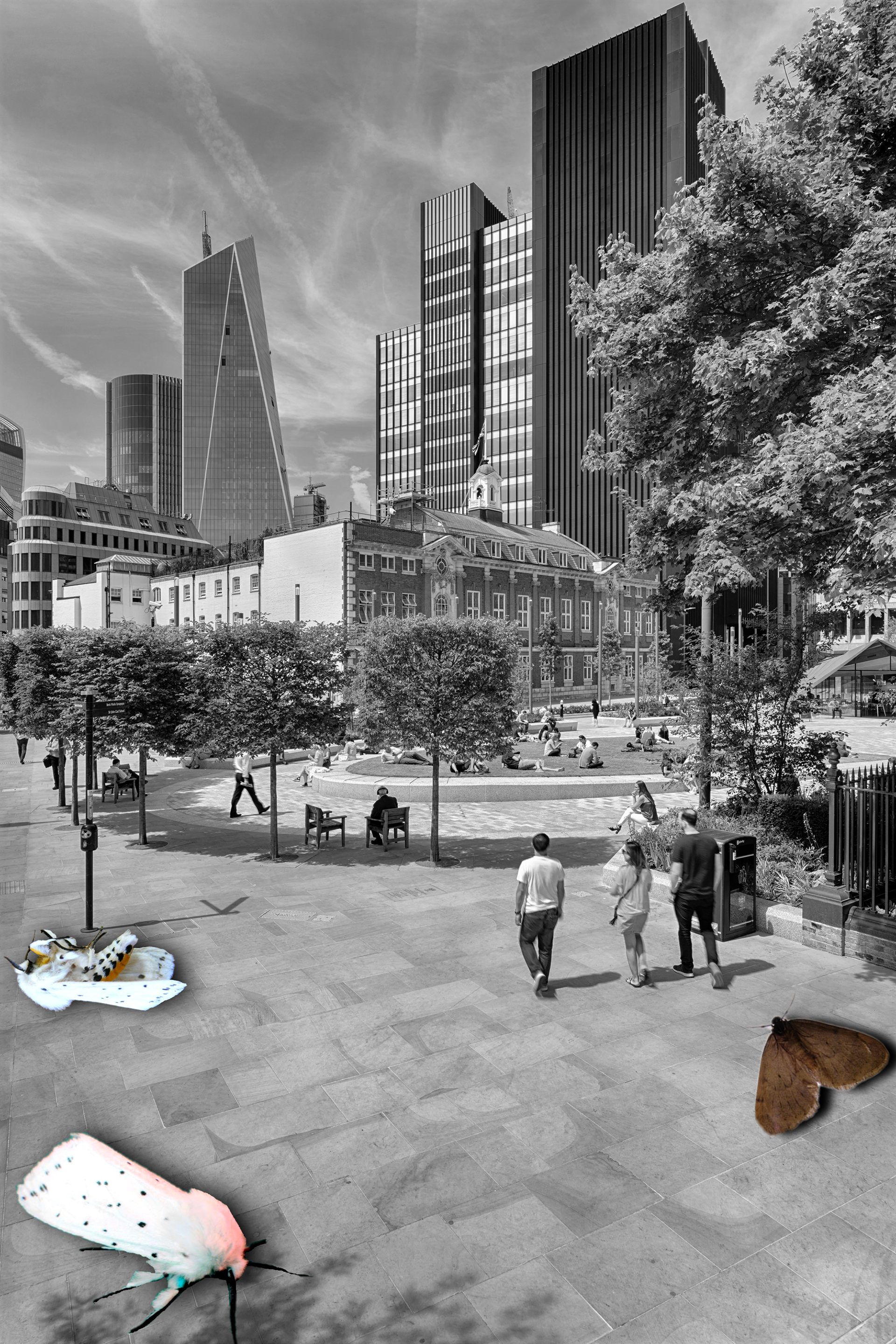
Commemoration and Care in a Public Square- Wildlife and Unsung Heroes
"If what I have been given is the ability to focus, to pay attention, and if there is even the remotest chance that in attending lies an antidote to our careless destruction, then that's what I have to do: to focus, It's not enough but it's necessary."
Sarah Gillespie- Artist
Planet earth is our home and as such we have an obligation and a duty of care towards it and all its nature. Traditional monuments were erected to celebrate the achievements of man regardless of their actual merit and memory, but seldom do we pay that same homage to the monuments of nature, that which makes life possible for us on daily basis. From animal to planet life, we have neglected out duty of care in favour of an urban jungle that has separated us from the root of our existence.
I have always perplexed at man’s attempt at replacing nature with something that is of a lesser value and temporary benefit. As the world of science and manufacture advances, numerous studies have shown a decline in the natural world from loss of habitat, wildlife to the effects of global warming and increasing human population. If we are not placing the same value on nature that we place on commodities, we are creating real risks of losing the entire sum, natural and man-made.
My idea for the Aldgate monument is a simple one immediately, a reminder, a celebration and commemoration of wildlife as a whole and insects as a symbol of the cycle of birth, death, and rebirth. Where monuments traditionally echo concepts of grandeur in form and subject, “A monument reminds. Its location, form, site design and inscriptions aid the recall of persons, things, events, or values. In contemporary English usage, ‘monumental’ means large, important, and enduring. Monuments generally honour, and their prominence and durability suits, subjects of lasting merit”.[1]
Counter-monuments have come to question the very concept of a traditional monument, its subject, form, site and visitor experience, to question the very nature of commemoration and the performativity of traditional monuments in public space, “Widespread English use of the term ‘counter-monument’ to refer to commemorative practices that reject features of traditional monuments began with James E. Young’s writings on the complex field of Holocaust memorialisation.3 For Young, counter-monuments are those which reject and renegotiate ‘the traditional forms and reasons for public memorial art’, such as prominence and durability, figurative representation and the glorification of past deeds”.[2]
In a brief dissection of my monument for Aldgate, I would like to start by referring to the subject matter. The subject here is wildlife, the performativity of the monument is for the public to engage in efforts to re-wild their urban environment through means of conservation and active participation in counter methods, methods designed to acknowledge the value of wildlife and therefore the importance of caring for it.
Subject: Moths
There are over 2500 species have been recorded in the British Isles. These insects play a vital role in the ecosystem by providing food for a variety of wildlife and as night pollinators of a wide range of plants and flowers.
Studies have found that the overall number of moths in the country has decreased by 28% since 1968. It is thought that loss of habitats, pesticides and light pollution are some of the reasons behind the decline in numbers. Since 1914, 56 species of moths have gone extinct with only 6 of these recolonised or re-found. “The State of Britain’s Larger Moths Report 2013 found that two-thirds of common and widespread larger species (macro-moths) declined in the last 40 years. The losses in abundance were much greater in the southern half of Britain than the north”.[3]
The decreases in moth populations are bad news for the moths themselves, but also have a disastrous knock one effect for the rest of wildlife. Since moths and their caterpillars are important food items for many other species, including amphibians, small mammals, bats and many bird species, the serious decline in moth numbers means an imbalance in the entire echo system.
More research is required to fully understand all the various reasons for the decline in moth numbers in the wild and in urban areas. One of the first reasons so far identified by research is the actual loss of habitats resulting from increasing human intervention through “intensive agriculture, commercial forestry, industry, and urban development. Other things which may be causing problems for moths include changes in the way we manage our gardens, pesticides, herbicides, and light pollution. Climate change is also affecting moths. Whatever the causes, the decrease in moth numbers is a warning to us that all is not well with our environment”.[4]
Moths are also important because they are pollinating flowers while feeding on their nectar, and so help in seed production. This process is not only beneficial for wild plants but also for humans, in the crops we consume as foods, moths and other insects ensure a good harvest.
Value and Human experience
In general, butterflies and moths are important for humans and human life because of their intrinsic value, aesthetic value, educational value, scientific value, ecosystem value, health value and economic value. These are all real experiences which offer unbiased human benefit and as such, these insects should be viewed and celebrated for their merits and positive contribution just as a great war hero would be. Through public memorialisation we can educate, remind as well as highlight the dangers facing wildlife. We can erect a monument to celebrate bygone eras or we can erect a monument which warns of future losses, serving to place memory in the here and now and a vision for the future which we need to guard against. For this and the fore mentioned reasons, it is vital that we give moths and other wildlife a pedestal in our public art to encourage various conservation efforts, and by bringing such public art into our cities, we also help reduce our carbon emissions to limit climate change.
Site
In my monument for Aldgate, I have chosen to focus on placing the artwork in and around Aldgate Square. The square was built to serve as a community focal point and as a place for rest and quite contemplation in an area that is scarce in green open spaces. Aldgate square sits in juxtaposition to the dense and high-rise building environment of the city, the hub of London’s financial district. This is a perfect location for a public art piece which commemorate wildlife because it serves to remind of habitat and encourages rewilding by providing a green space for wildlife. My aim is to draw attention to the effects of the proliferation of light pollution in the densely built and populated cities which offer extraordinarily few green spaces. I want to draw the public attention to often unseen lives of important species and invite them to consider the importance of such species as well as to contemplate the loss of them.
I propose to place one to three Ermine moth sculptures in and around the square, preferably under a light source to highlight their nocturnal nature which is often overlooked as we spend most of our night-time indoors, in the comfort of our artificial environment whilst moths as unsung heroes go about performing for our benefit. I also propose a moth night at Epping forest with live streaming projected onto the moth sculptures. From an aesthetical point of view, I have chosen the beautiful white ermine moth as a representative of all other species of moths and wildlife.
Figure and Material
The monument for Aldgate despite it being an anti-monument, share a monumental value with traditional monument in scale. I propose for the Ermine moth sculptures to be large and imposing, but unlike traditional monuments they do not rise above the ground on a plinth, they sit directly on the ground offering the audience the opportunity of a close encounter and the engaging of more than the sense of sight, they are also invited to touch them. For material, I propose ceramic drawing similarities to the fragility and the precious nature of both material and subject.
The further participatory element (The Moth Night) invites the audience to a living experience of the work, by either attending the moth night at location or experiencing it as a live stream projection, not only do I create a situation where the audience take away as a lived memory, I also highlight how we can utilise digital technology for efforts of commemoration and conservation.
In conclusion, this work commemorates wildlife that is lost and celebrates wildlife that is regained.
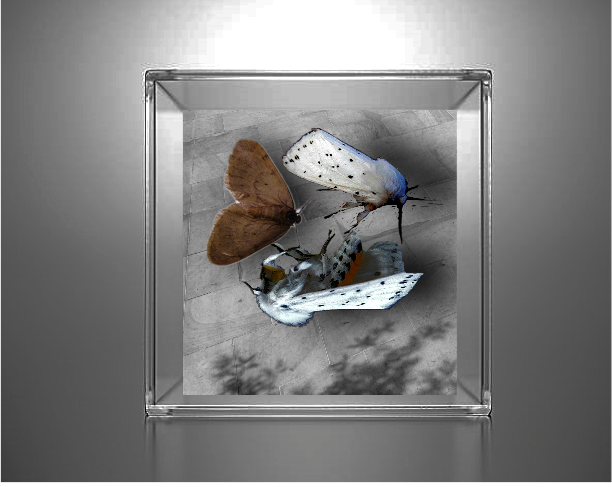
Three large ceramic Sculptures, ceramic paint and glass. Moths 2021
Digital experimentation on placement.
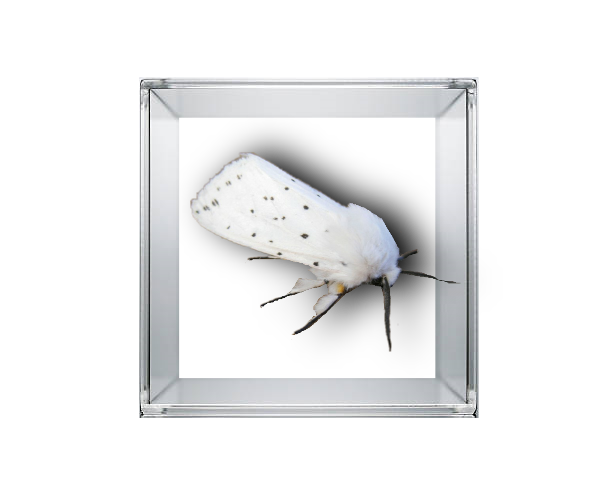
Large White, black and yellow sculpture, ceramic paint and glass. Ermine 2021.
Digital experimentation on placement.
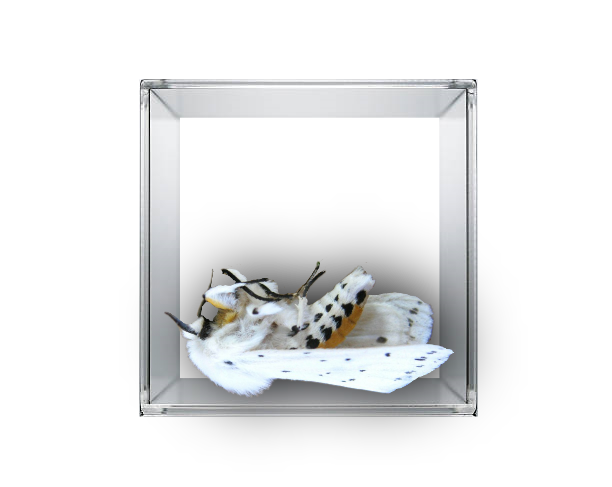
Large white, black and yellow sculpture, ceramic paint and glass. Ermine 2021.
Digital experimentation on placement.
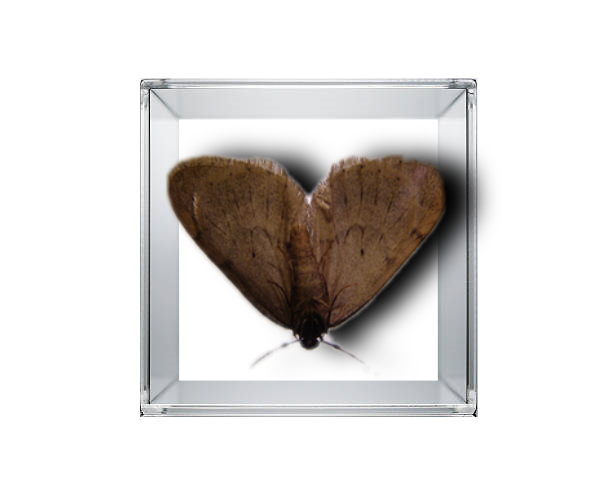
Large sculpture, ceramic paint and glass. Moth 2021
Digital experimentation on placement.

Large ceramic sculpture, ceramic paint and live stream projection. Ermine 2021
Digital experimentation on placement. (Final Artwork)
The sculptures to be placed all around the square and not necessarily occupying a central place, becoming transitory objects of encounter with the public as they go about their daily business.
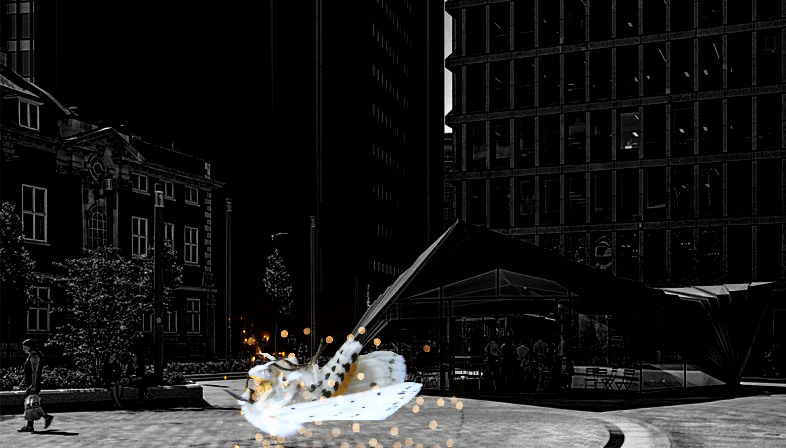
Large ceramic sculpture, ceramic paint and live stream projection. Ermine 2021.
Digital experimentation on placement.
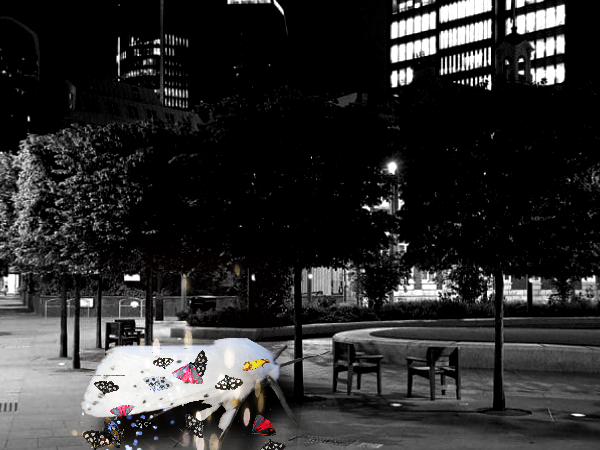
Large ceramic sculpture, ceramic paint and live stream projection. Ermine 2021.
Digital experimentation on placement. (Final Artwork)

Large ceramic sculpture, ceramic paint and light projection. Ermine 2021.
Digital experimentation on placement.
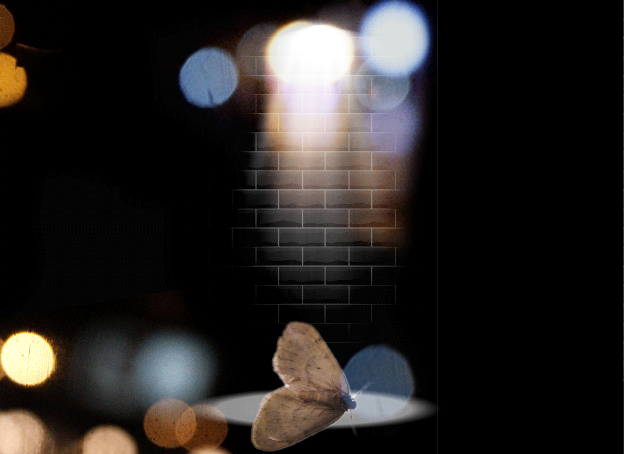
Large ceramic sculpture, ceramic paint and light projection. Moth 2021.
Digital experimentation on placement.
In this digital sketch, I imagine the moth scultptures being placed under street lights in various locations in Aldagate in random transitory encounters with the public.
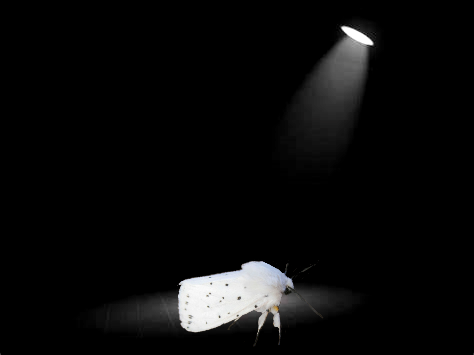
Large ceramic sculpture, ceramic paint and light source. Ermine 2021.
Digital experimentation on placement.

Large ceramic sculpture, ceramic paint and light source. Ermine 2021.
Digital experimentation on placement.
Ceramic sculptures, ceramic paint and light source. Moths 2021.
Digital experimentation on placement.


